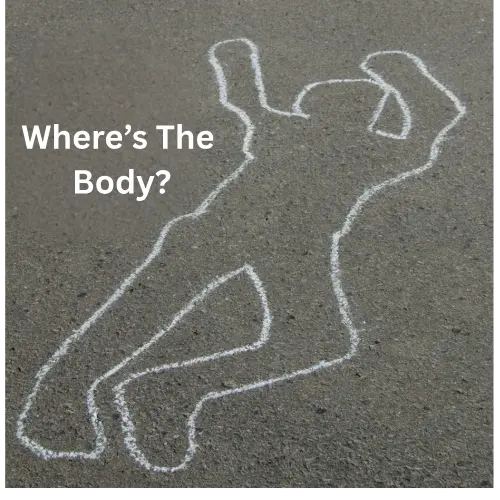Filing a VA disability claim after discharge can feel like walking into a courtroom without a defense team. You may know what happened. You may live with the pain every day. But if the paperwork doesn’t back it up, you’re facing an uphill battle.
That’s why I tell veterans: If this were a murder case, what would the judge ask?
Where’s the body? Where’s the weapon? Where’s the proof?
It’s a mindset worth applying to your claim.
If you didn’t document it while on active duty—don’t panic.
There are still ways to build a strong case. You just have to work harder to connect the dots.
Start with this:
- Lay the foundation. Can you show consistent symptoms since service? Even if your STRs are thin, records from VA clinics, civilian doctors, or urgent care can help create a timeline.
- Get buddy statements. If you deployed or served in tough conditions, fellow vets who witnessed your struggles can write statements. It won’t replace a diagnosis—but it supports your narrative.
- Link it up. A successful claim has three pillars: a current diagnosis, an in-service event or exposure, and a clear medical connection between the two. That last piece—a nexus—is key.
It’s not about exaggerating or guessing. It’s about collecting the right facts, from the right places, and assembling them clearly.
The VA can’t guess what isn’t there. So treat your claim like a case—and build it strong.




